ABOUT THE AUTHOR
Marcus A. Winters is senior fellow at the Manhattan Institute. His research has appeared in several academic journals including Education Finance and Policy , Economics of Education Review , and Teachers College Record . In addition, his articles and op-eds have appeared in The Wall Street Journal , New York Daily News , LA Times , New York Post , City Journal , and National Review .
TEACHERS MATTER
Published by Rowman & Littlefield Publishers, Inc.
A wholly owned subsidiary of The Rowman & Littlefield Publishing Group, Inc.
4501 Forbes Boulevard, Suite 200, Lanham, Maryland 20706
http://www.rowmanlittlefield.com
Estover Road, Plymouth PL6 7PY, United Kingdom
Copyright 2012 by Rowman & Littlefield Publishers, Inc.
All rights reserved . No part of this book may be reproduced in any form or by any electronic or mechanical means, including information storage and retrieval systems, without written permission from the publisher, except by a reviewer who may quote passages in a review.
British Library Cataloguing in Publication Information Available
Library of Congress Cataloging-in-Publication Data Available
ISBN 978-1-4422-1077-6 (cloth : alk. paper)
ISBN 978-1-4422-1079-0 (electronic)
 The paper used in this publication meets the minimum requirements of American National Standard for Information SciencesPermanence of Paper for Printed Library Materials, ANSI/NISO Z39.48-1992.
The paper used in this publication meets the minimum requirements of American National Standard for Information SciencesPermanence of Paper for Printed Library Materials, ANSI/NISO Z39.48-1992.
Printed in the United States of America
FOREWORD
Joel Klein
Education reform is now a big issue generating lots of government activity, amidst lots of books, documentaries, television specials, and blog posts. As both a participant and observer in this now decade long discussion, I am most struck by how much the debate has changed in two interrelated ways recently.
First, there is much more support now than there was a decade ago for the view that demography isnt destiny, meaning education can substantially improve childrens opportunities in life, even for those who are raised in environments with the most challenges. Certainly poverty or a troubled family can make some children more difficult to educate, but now substantial evidence shows much better educational outcomes if that same child is properly schooled. Low-income African American students in Boston and New York are way ahead of the very same kind of student group in Detroit and Los Angeles. And the difference in performance between similar kinds of students at different schools can be staggering, as the charter school network KIPP (the Knowledge is Power Program) and others have shown. Only education can explain those differences.
The second big difference, which is directly related to the first, is that, unlike in the past, the focus of reform has come to rest on teachers as the key drivers of better outcomes. When I became New York Citys schools chancellor almost a decade ago, the school improvement discussion was centered around curricula, class size, extended school days, better student supports, and the like. These are obviously important things. But today there is wide agreement that, first and foremost, teachers matter, as the title of this book flatly states. Unfortunately, it took far too long to recognize this.
For the past forty years America has been making a big bet on education that isnt panning out. Since 1970, we have increased our spending in real dollars 2 times, expanded the ranks of teachers by almost two-thirds (from 2 million to more than 3.2 million), substantially raised teachers salaries, and grown pre-K and afterschool programs.
The result? On the well-respected national high school exam (the National Assessment of Educational Progress), students performance is flat in reading and math, and has decreased slightly in science. This is a remarkable story of policy failure across the nation, through policies largely set by states moving essentially in lock step. Federalists beware!
In retrospect, the reason for this failure is obvious: a smaller class, longer day, or extra year wont measurably change outcomes unless our students have great teachers. Has anyone ever heard a students parent express preference for a class of twenty led by a poor teacher over a class of thirty led by a great one?
In short, we made a misguided bet on quantity, with more teachers and more time spent in the classroom, rather than on qualitynamely having better teachers. This strategy has suited the teachers unions just fine. More teachers mean more members, more dues, and more power. But this strategy didnt work for the kids.
The recent shift has been seismic. While smaller classes and better across-the-board teacher pay are still part of the education discussion, I cant overemphasize how dramatically the conversation is now focused on teacher effectiveness. President Barack Obama put it this way: The single most important factor in determining [student] achievement is not the color of their skin or where they come from. Its not who their parents are or how much money they have. Its who their teacher is. It would have been politically unimaginable for a previous Democratic candidate for president to say that.
But beneath this newly emerged consensus on the importance of teacher effectiveness lies a much deeper division: those who want to hire the kind of teachers we need, versus those who want to keep working around those we have. The reformers want: (1) much greater accountability for teachers, based on rigorous qualitative and quantitative evaluations; (2) a compensation system that rewards excellence monetarily without being overwhelmingly back-loaded; (3) the ability to remove poor-performing teachers; and (4) the end of dysfunctional policies such as last-hired, first fired.
Additionally, the reformers also want to give familiesespecially low-income familiesgreater choice through charter and public school options. And some reformers support private-school vouchers as well.
But the teachers unions and their political supportersincluding a few vocal academicscontinue to defend the current system built essentially on lock-step pay, lifetime tenure, seniority preferences in pay, hiring and firing, and outsized post-employment benefits. Moreover, this group opposes choiceespecially when it includes non-unionized options such as charters or private schoolsand insists on protecting a government-run monopoly that ensures that studentsand, consequently, teacher jobsare not lost to new competitors.
This dispute is both extremely important and highly polarized. For the last several years, the reformers clearly have been gaining ground. The media, through editorial and op-ed pages, have been generally supportive, and films such as Waiting for Superman and The Lottery have galvanized the issue. More importantly, several statesunder both Democratic and Republican governorshave recently adopted legislation embodying core parts of the reformist agenda. Indeed, much of this change is driven by President Obama and Secretary Arne Duncans signature education initiative, called Race to the Top, which provides large financial incentives for states to support greater teacher accountability and more student choice. In addition, states and large urban school districts, virtually without exception, are now appointing commissioners and superintendents with demonstrated reformist credentials. Cities such as New York, Washington, D.C., and New Orleans, in particular, have developed significant choice systems that have threatened the union-controlled, monopoly public system. This is all a big deal.
But make no mistake: we are still in the very early innings of real reform, and the well-resourced defenders of the status quo are digging in for a substantial and protracted game. At stake, in my view, is nothing less than the future of our country. We simply cannot continue on a path of educational failure in a globalized, twenty-first-century economy.



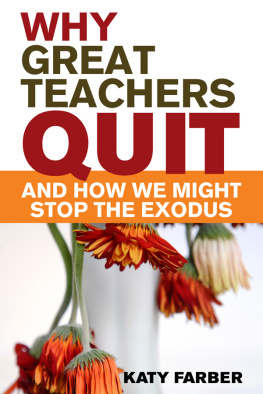



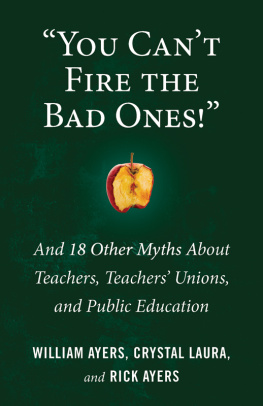
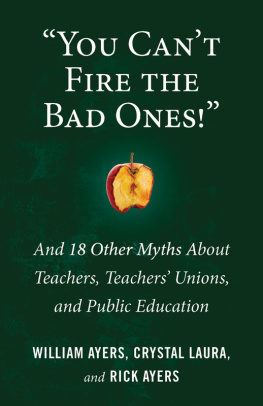
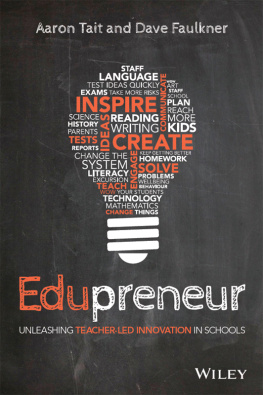
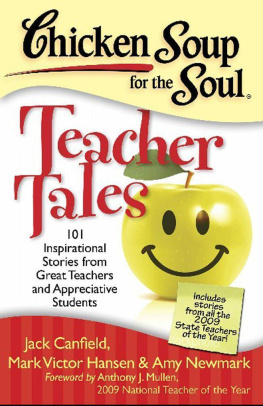

 The paper used in this publication meets the minimum requirements of American National Standard for Information SciencesPermanence of Paper for Printed Library Materials, ANSI/NISO Z39.48-1992.
The paper used in this publication meets the minimum requirements of American National Standard for Information SciencesPermanence of Paper for Printed Library Materials, ANSI/NISO Z39.48-1992.